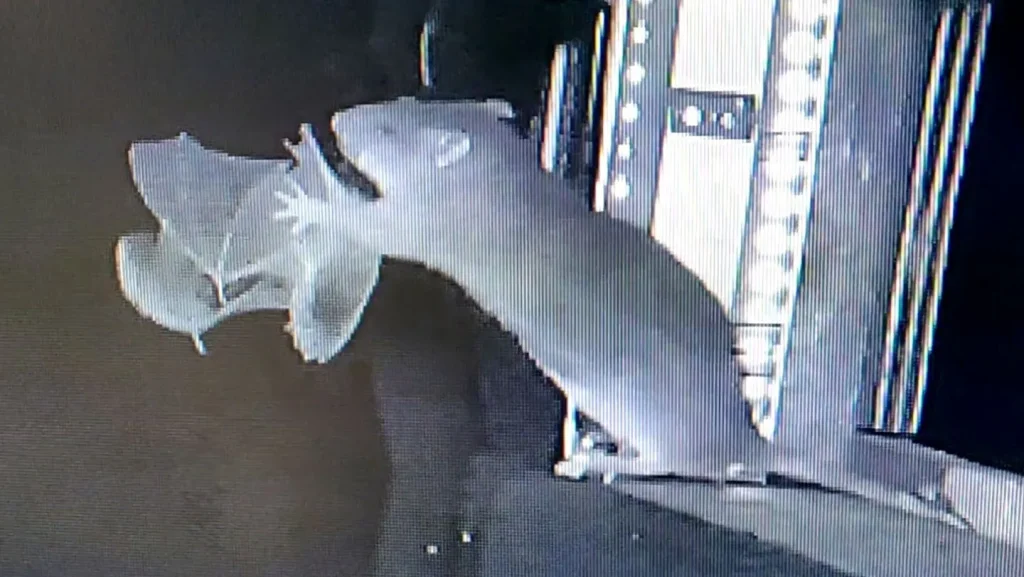Rats Revealed as Skilled Bat Hunters in Surprising Discovery
In a remarkable discovery that challenges our understanding of predator-prey relationships, brown rats have been observed catching bats in mid-flight—a hunting behavior never documented before. This finding, published in the November issue of Global Ecology and Conservation, has significant implications for bat conservation efforts, particularly in urban environments where these species increasingly coexist.
The observation occurred at a cave about 60 kilometers north of Hamburg, Germany, where biologist Florian Gloza-Rausch and his colleagues were studying a colony of 30,000 hibernating bats. The researchers had installed a small kiosk at the cave’s entrance—a hole in the ground—to protect the bats from local cats. When they added counting devices and infrared cameras to monitor the bats, they accidentally created the perfect observation point for an unexpected predator-prey interaction. Brown rats discovered how to enter the kiosk and climb onto the bats’ landing platform using a curtain that had been placed inside for filming purposes.
What the researchers captured on film between August and October 2020 was both remarkable and concerning. The rats demonstrated sophisticated hunting techniques in complete darkness, standing on their hind legs and using their tails for balance while reaching out to snatch bats as they flew past. The rodents also ambushed bats as they landed on the platform. Of the 30 predation attempts recorded, 13 were successful—with rats quickly killing their prey with a bite before dragging the carcasses away. Scientists believe the rats were using their sensitive whiskers to detect the bats’ movements in the darkness, showcasing extraordinary sensory adaptation.
“You can really see that the rats seem to be experts,” remarked Yossi Yovel, a neuro-ecologist at Tel Aviv University who wasn’t involved in the research. “They’re waiting for the bats. They’re very professional in the way they do it.” This expert hunting behavior suggests the rats have developed specialized techniques specifically for capturing these flying mammals, demonstrating the remarkable adaptability that has made rats so successful as a species.
The conservation implications of this discovery are significant. The researchers estimate that a colony of just 15 brown rats could potentially reduce this bat population by 7 percent each winter. While this calculation assumes rats have no other food sources—an unlikely scenario—it highlights the potential impact these predators could have on vulnerable bat populations. Many bat species already face numerous threats, including habitat loss, climate change, and disease, making this newly documented predation pressure particularly concerning.
The situation is especially problematic in European urban areas, where many bat species hibernate and where invasive brown rats are widespread. “It’s a problem for the wildlife to adapt to this new predator,” explains Gloza-Rausch, emphasizing the need for implementing rat mitigation strategies at bat hibernation sites in and near cities. As human development continues to bring these species into closer contact, understanding these interactions becomes critical for effective conservation planning.
This discovery not only reveals an unexpected ecological relationship but also serves as a reminder of nature’s complexity and the continuous adaptations occurring as wildlife navigates human-altered landscapes. For bats, it seems their ability to fly—long considered their ultimate escape mechanism—may not be enough to evade these resourceful, determined rats.


